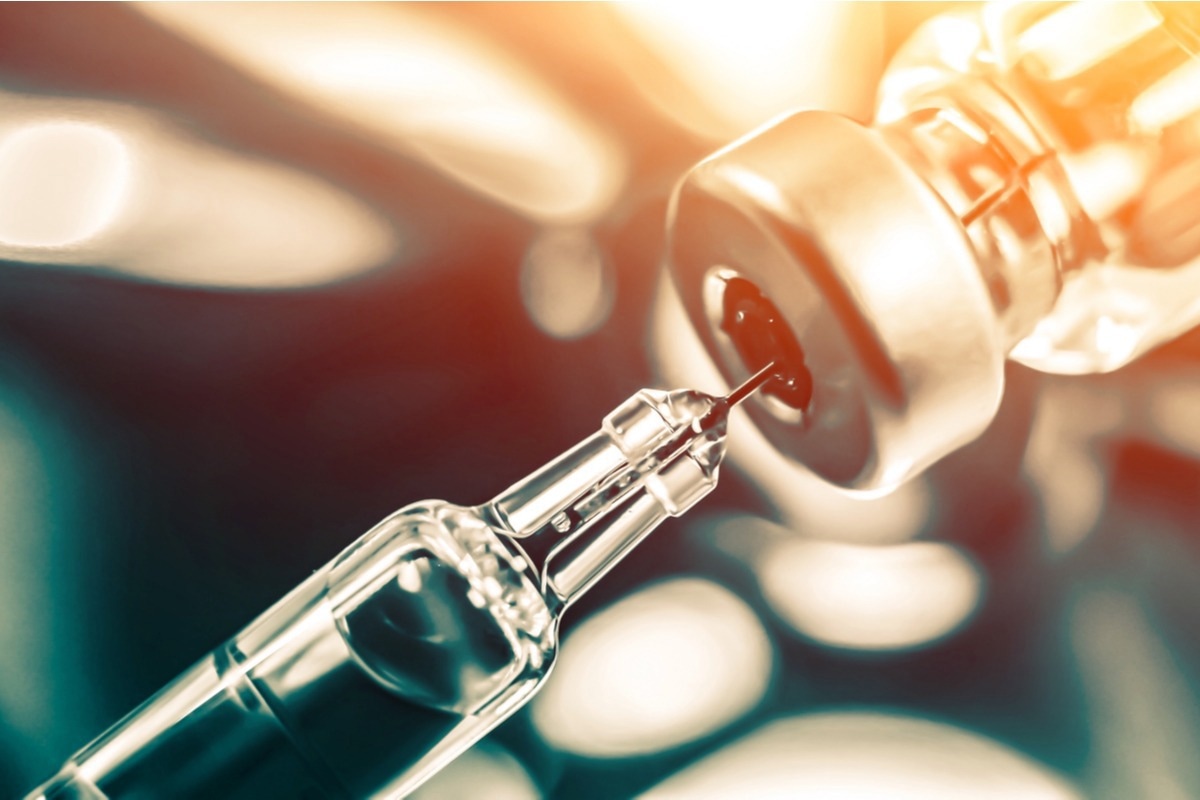In a recent study published in Microorganisms, researchers comparatively assessed the generation of B lymphocyte-mediated antibody responses and T lymphocyte-mediated cellular responses between messenger ribonucleic acid (mRNA) BNT162b vaccinees and mild coronavirus disease 2019 (COVID-19) patients.
 Study: mRNA BNT162b Vaccine Elicited Higher Antibody and CD4+ T-Cell Responses than Patients with Mild COVID-19. Image Credit: Numstocker/Shutterstock
Study: mRNA BNT162b Vaccine Elicited Higher Antibody and CD4+ T-Cell Responses than Patients with Mild COVID-19. Image Credit: Numstocker/Shutterstock
Background
Immunization against the causative agent of COVID-19, severe acute respiratory syndrome coronavirus 2 (SARS-CoV-2), can occur via vaccination or natural infections. The BNT162b2 mRNA vaccine received approval for use after being proven safe and demonstrating 95% effectiveness in COVID-19 prevention.
Studies have reported the development of serological immunity after double BNT162b2 vaccinations; however, a comparative assessment of the long-term B lymphocyte- and T lymphocyte-mediated immune responses induced by natural COVID-19 infections and BNT162b2 vaccination beyond three months hasn’t been performed.
About the study
In the present study, researchers compared the B lymphocyte-mediated antibody responses and T lymphocyte-mediated cellular responses among mRNA BNT162b vaccinees and mild COVID-19 patients.
A total of 37 COVID-19 convalescent patients comprised patients with pneumonia (n=15) and patients with mild COVID-19 symptoms (n=22) diagnosed with nasal swab SARS-CoV-2 testing and were enrolled in the study from March to December 2020. In addition, BNT162b vaccinees (n=20) who were healthcare workers were enrolled in the study from December 2020 to January 2021.
Serum samples of 15 and 8 COVID-19 convalescent patients with pneumonia were evaluated at an early time point (59 days post-SARS-CoV-2 infection) and at a later time point (212 days post-SARS-CoV-2 infection). Similarly, 11 and 11 COVID-19 convalescents with mild COVID-19 symptoms were analyzed at an early time point (48 days post-SARS-CoV-2 infection) and at a later time point (after 193 days of COVID-19), respectively.
Blood samples were also obtained from 20 BNT162b vaccinees (without prior COVID-19 history) at early and late time points of three weeks post-second vaccination and six months post-second vaccination), respectively. In addition, 10 samples were obtained after three weeks of a booster vaccination.
Peripheral mononuclear blood cells (PMBC) were isolated from the blood samples for the evaluation of S-specific T lymphocyte proliferative responses and S-specific type 1 T helper (TH1) and/or TH2 cytokine production. For assessing the B lymphocyte immune responses, immunoglobulin G (IgG) levels against the SARS-CoV-2 spike (S) protein and neutralizing antibody (Nt Ab) titers were evaluated for all the participants.
To assess the T lymphocyte responses, the proliferative cluster of differentiation 4 (CD4+) and CD8+ levels were evaluated. Statistical analysis was performed using the GraphPad Prism 6 and statistical tests such as the Wilcoxon signed-rank test and the Friedman test for paired data comparisons. The Mann–Whitney U-test and Kruskal–Wallis tests were used for unpaired data comparisons.
Results
The anti-S IgG levels and Nt Ab titers were greater among BNT162b vaccinees and pneumonia patients compared to those among mild COVID-19 patients and continued to be high among pneumonia patients, whereas the titers were reduced among BNT162b vaccinees. However, the initial antibody titers were restored by the BNT162b booster dose.
Likewise, the proliferative CD4+ T lymphocyte responses among BNT162b vaccinees and pneumonia patients were similar but were lower among patients with mild COVID-19. However, in contrast to the antibody titers, CD4+ responses remained high among both BNT162b vaccinees and post-COVID patients.
The proliferative CD8+ T lymphocyte responses were lesser among BNT162b vaccinees than pneumonia patients, reduced post six months of BNT162b vaccination, and did not attain initial levels post booster vaccination. The cytokine profile among BNT162b vaccinees and post-COVID-19 patients showed mainly TH1 cells such as interferon-gamma (IFN-γ), tumor necrosis factor-alpha (TNFα), interleukin-2 (IL-2), macrophage inflammatory protein (MIP)-1α,1β). Production of TH2 cytokines (IL-4,5) was negligible among both groups.
Higher antibody titers and CD4+ T lymphocyte responses were observed among BNT162b2 vaccinees compared to those observed among mild COVID-19 patients. The antibody titers were reduced six months post-vaccination and needed a booster vaccination to attain initial levels, and the proliferative CD4+ T lymphocyte responses remained high over time.
Conclusion
Overall, the study findings showed that BNT162b vaccinations and severe SARS-CoV-2 infections induced greater serological responses than mild COVID-19; however, the initial immune responses induced by natural and severe SARS-CoV-2 infections lasted longer compared to BNT162b vaccinations. However, the initial antibody titers were restored upon booster vaccinations.